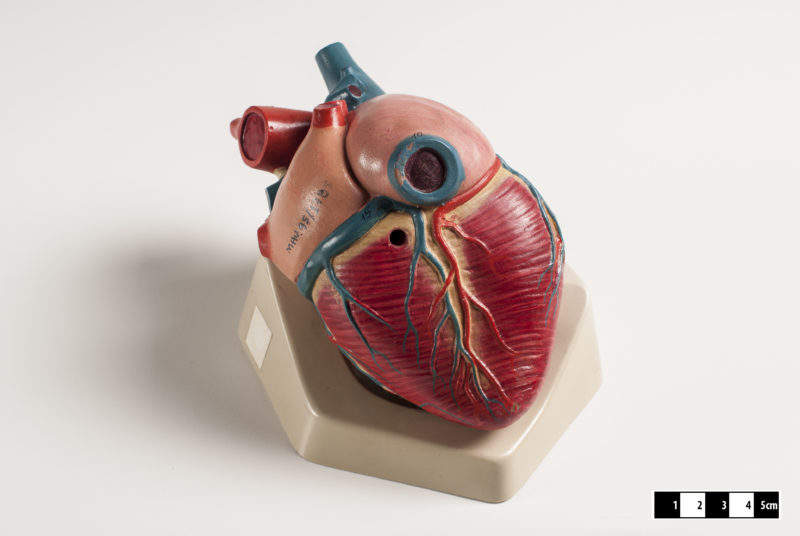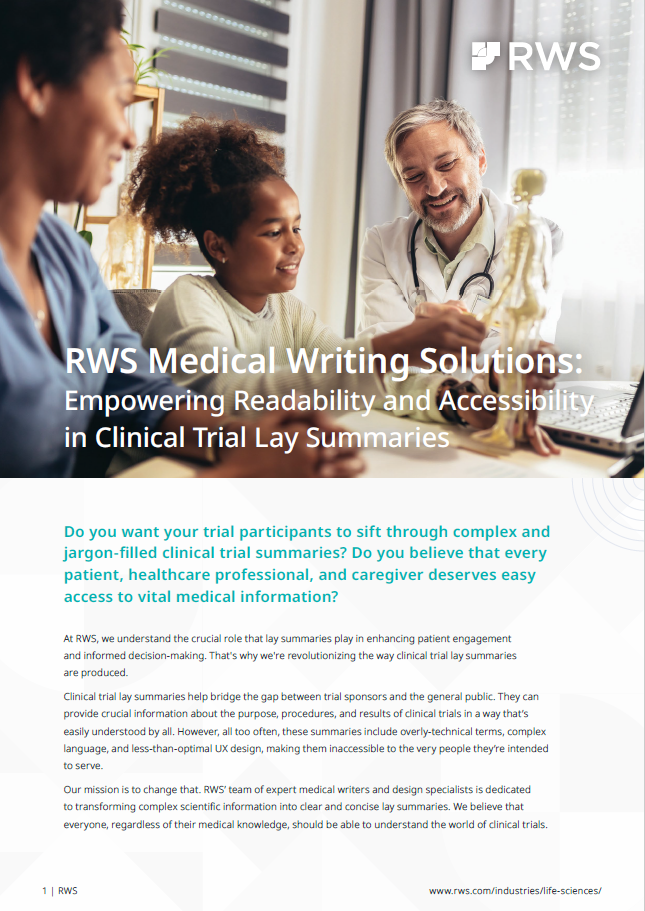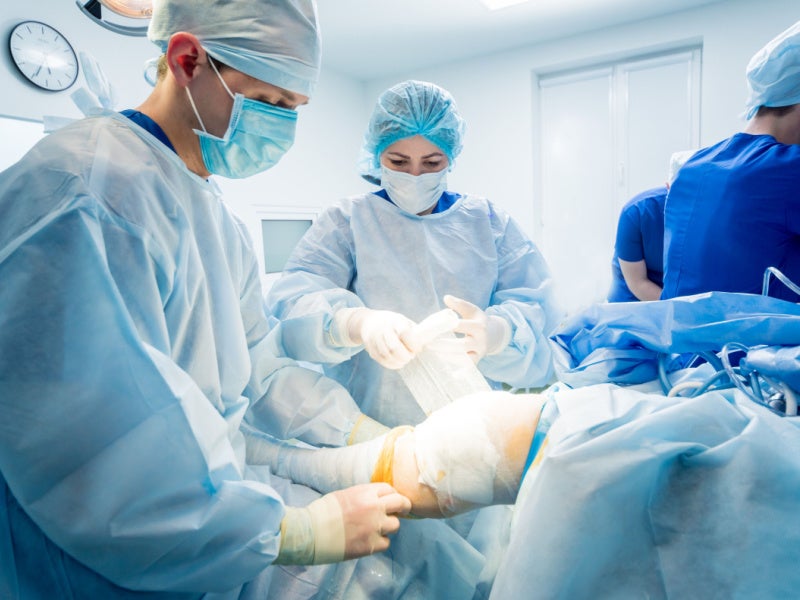
French software company Dassault Systèmes’ US simulation subsidiary Simulia has developed the Living Heart Project, a 3D model of a beating human heart that people can walk through, to assist cardiovascular studies.
A report on the project, ‘Miracle of the Living Heart: Pushing the Boundaries of Medical Simulation’ was published in Medical Design Technology magazine and describes the work of a range of experts, in tissue, electric physiology, heart function and imaging, involved in producing the simulation.
“If I could bring a global community of experts together to work on a single version of the human heart, we could bring it all together and collaborate globally using the simulation as the common language,” Simulia senior director Steve Levine is quoted as saying in the article. “That’s how the Living Heart Project started”.
A preview of the technology was produced in 2013, which included a virtual reality model large enough for visitors to walk through and observe features of the heart. At this time, around 13 organisations were working with the technology to build their own models, a number which has since grown to over 100.
The US Food and Drug Administration (FDA) has also supported the Living Heart Project, signing a five-year collaborative research agreement with the project. As scientists move away from testing drugs on animals and human volunteers, they will move towards accurate simulations as means of predicting the effects of new treatments. The FDA refers to the ‘Evidence’ needed before a drug can be approved for widespread use, and has predicted that they expect up to half of all Evidence to come from computer models in the future.
How well do you really know your competitors?
Access the most comprehensive Company Profiles on the market, powered by GlobalData. Save hours of research. Gain competitive edge.

Thank you!
Your download email will arrive shortly
Not ready to buy yet? Download a free sample
We are confident about the unique quality of our Company Profiles. However, we want you to make the most beneficial decision for your business, so we offer a free sample that you can download by submitting the below form
By GlobalData“That’s one of the reasons they joined this project,” said Levine.
“They believe that it can help them assure safety while reducing regulatory cost. They understand that what we do is not just present the results; we can evaluate exactly how any device works, fails, how the heart actually reacts.”
Levine says that using the collaborative-produced simulation, patients sent for MRI scans would be able to see a model of their own heart stored in a database of models. He predicts that ‘digital twins’ of human beings, that replicate patients’ individual anatomies to serve as virtual medical histories, could be used by doctors and hospitals.
The researchers are also interested in using the same technology to simulate other body parts, such as the hips and the brain.






